Heating boilers for solid fuels and electricity: design,
A heating boiler based on solid fuels and electricity is a common type of modern heating equipment. The unit combines the ability to use traditional and progressive fuels, which increases its reliability and ease of use. In the article we will tell about the main features and advantages that distinguish combined solid-fuel electric boilers.
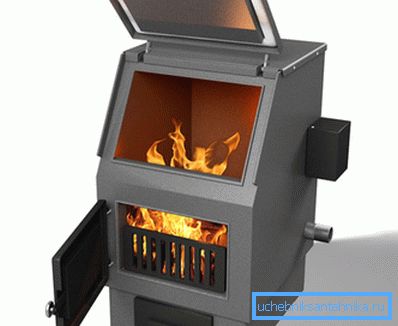
Multi-fuel boilers
Features of heating on different types of fuel
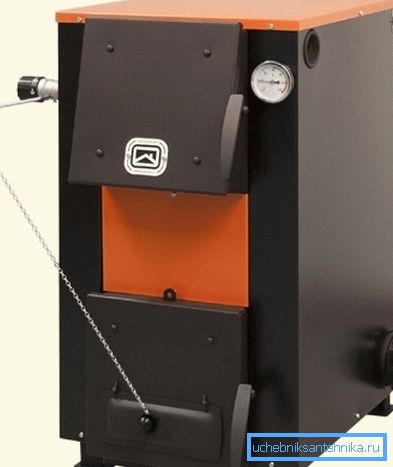
Any climatic equipment should solve the main task: to ensure the most comfortable living conditions for people in the room that this equipment serves. To do this, each device is trying to design so that it is able to work effectively in those conditions in which it is supposed to operate. What are these conditions?

In fact, the conditions vary greatly depending on the fuel used.
Most often in our country use these types of energy:
- Natural gas. Most often served centrally, while the price of the main gas is lower than that of competitive species. The most convenient and acceptable type of fuel, but not all settlements are connected to the gas distribution system, not to mention the dacha cooperatives and cottage settlements;
- Firewood, coal, pellets and other types of solid wood fuel. Also refer to a cheap source of energy, cheaper gas only gas. The main problem is the need for delivery and storage of firewood, as well as the impossibility of organizing automatic supply of logs to the combustion chamber of the unit;
- Fuel oil, diesel and other types of liquid energy. Enough expensive, given the current price of hydrocarbons. Convenient and efficient fuel, but too expensive;
- Electricity. The most clean, convenient and expensive form of energy, the use of which is justified only in the form of temporary replacement or in the absence of other heat sources.

Note! If your house is connected to the gas main, then your choice is obvious: a gas boiler. Otherwise options are possible.
In our country, there are strange things: an increase in the amount of gas used leads to a recalculation of tariffs and an increase in the cost of fuel. The same picture with electricity. At the same time buying coal or firewood (briquettes, pellets, etc.) you get discounts for high volumes.
In addition, the operating parameters of gas transmission networks are often far from the declared ones, especially with regard to pressure and gas quality.
The use of liquid fuel is justified only when there is constant access to waste oil or other type of cheap raw materials, otherwise such heating will simply ruin you.
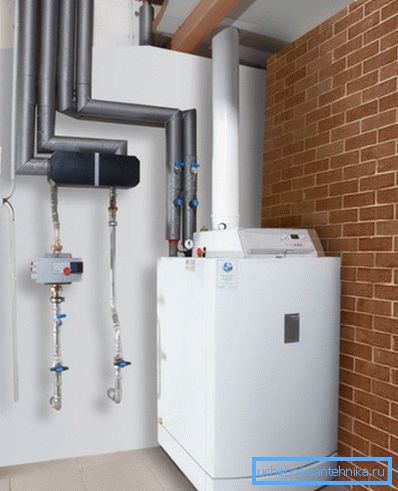
To provide electric heating at home, you will need to conduct a 380 V network and purchase an expensive, powerful heat generator. In this case, the monthly cost of paying the bills of the energy company will be simply exorbitant.
Thus, we see that the only economical alternative in the absence of a gas pipeline is a solid fuel boiler. However, this solution also has a number of problems: one laying of firewood lasts for 4 to 5 hours of work, and if you fill the firebox for the night, it will be cold in the house by morning.

The option to close the house and leave for a week on vacation is not at all - on arrival you will see broken radiator pipes and a skating rink on the floor. Even if you pour antifreeze into the heating system, water pipes burst, and the freezing of building structures will lead to their premature deterioration.
Boilers for solid and electric fuel
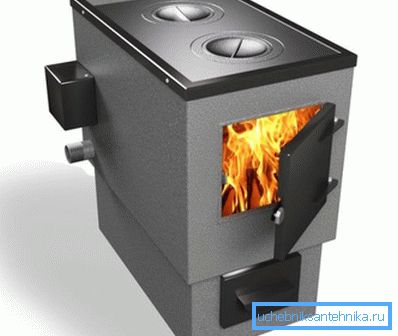
The solution to the problem of wood heat generators lies in the idea of using different energy sources. A conventional machine running on wood is equipped with an additional tubular electric heater installed in the heat exchanger tank.
In the absence of firewood or stoker, you can ensure the minimum acceptable temperature of the coolant by heating from the heating element.

External and structural differences of the combined device from the usual minimum, these products belong to the same price range. Electric heating elements are built into the heat exchanger tank and are not visible, and their cost is vanishingly low against the price of the device.
In high-quality products, as a rule, the principle of automatic switching from firewood to electricity when the temperature of the coolant temperature falls below the critical level is implemented. The thermostatic device measures the temperature of the return water and, in the case of its overcooling, gives a signal to turn on the heating element.
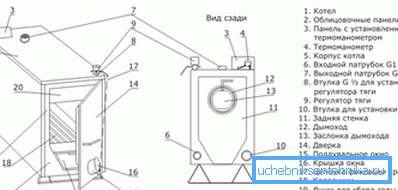
Note! Thus, you get the opportunity to insure against defrosting of the heating and water supply systems, and at night you can sleep without fear that there will be frost in the morning.

You should not think that electric heating is able to replace the main source of heat: the power of heating elements is enough only to maintain the minimum temperature and protect the room from freezing.
Note! Typically, the power of the electrical part does not exceed 3 - 6 kW, sometimes it reaches 8 - 9 kW, but even in the case of sufficient power, the use of electricity as a permanent source of energy is impractical from an economic point of view.
Installation Features

In contrast to gas equipment and powerful electrical installations, the installation of solid fuel stoves can be done by hand.
Such works require considerable knowledge and skills, but even for those who possess them, we recall some important points:
- Low power TEN allows you to connect it to a network of 220 V, however, remember that with a power of 3.5 kW and above, switching through a socket is prohibited SNiP. Connection is carried out by a separate cable to the terminals of the switchboard;
- With rare exceptions, the weight of the apparatus is large enough, and its installation is carried out on a specially prepared base, by analogy with a stove foundation;
- It is advisable to install the unit in a separate room with the ability to store a stock of firewood in a dry place near the firebox. The use of damp wood reduces the efficiency of the device, and during pyrolysis combustion it does not allow the system to work normally;
- It is important to ensure reliable insulation of all electrical components and conductors. Shorting the phase to the hull or coolant can lead to tragic consequences - electric shock to residents or fires.
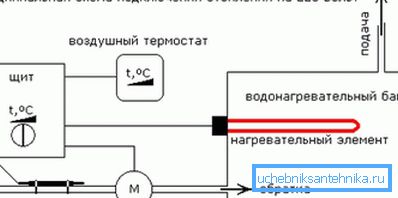
Note! If you have doubts about your own strengths and knowledge, it is better to spend money once and hire a professional installer, otherwise installation errors can cost much more expensive afterwards.
Conclusion
Combined coolant heaters allow you to heat the room with different energy sources, which increases the reliability and ease of operation of the heating system. The use of firewood and electricity is one of the most simple and rational solutions. The video demonstrates the features of the use of such equipment.